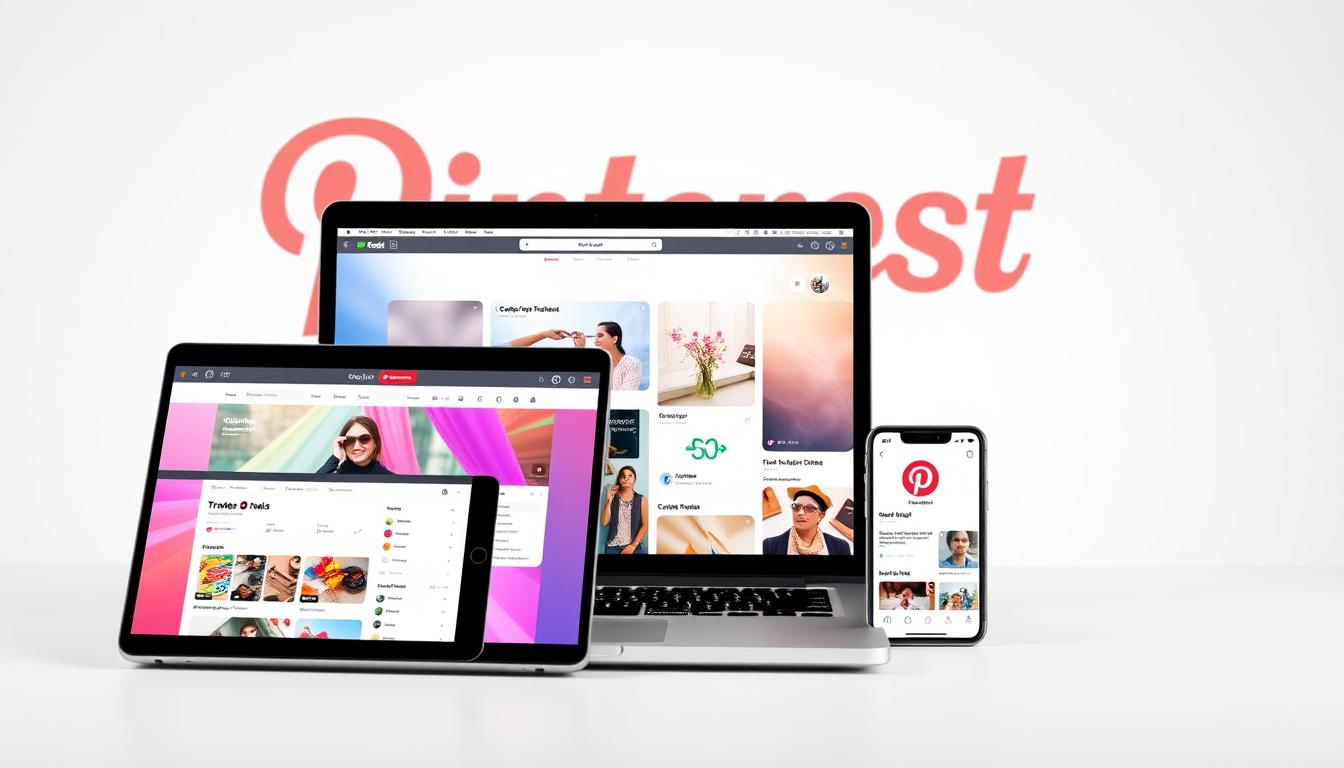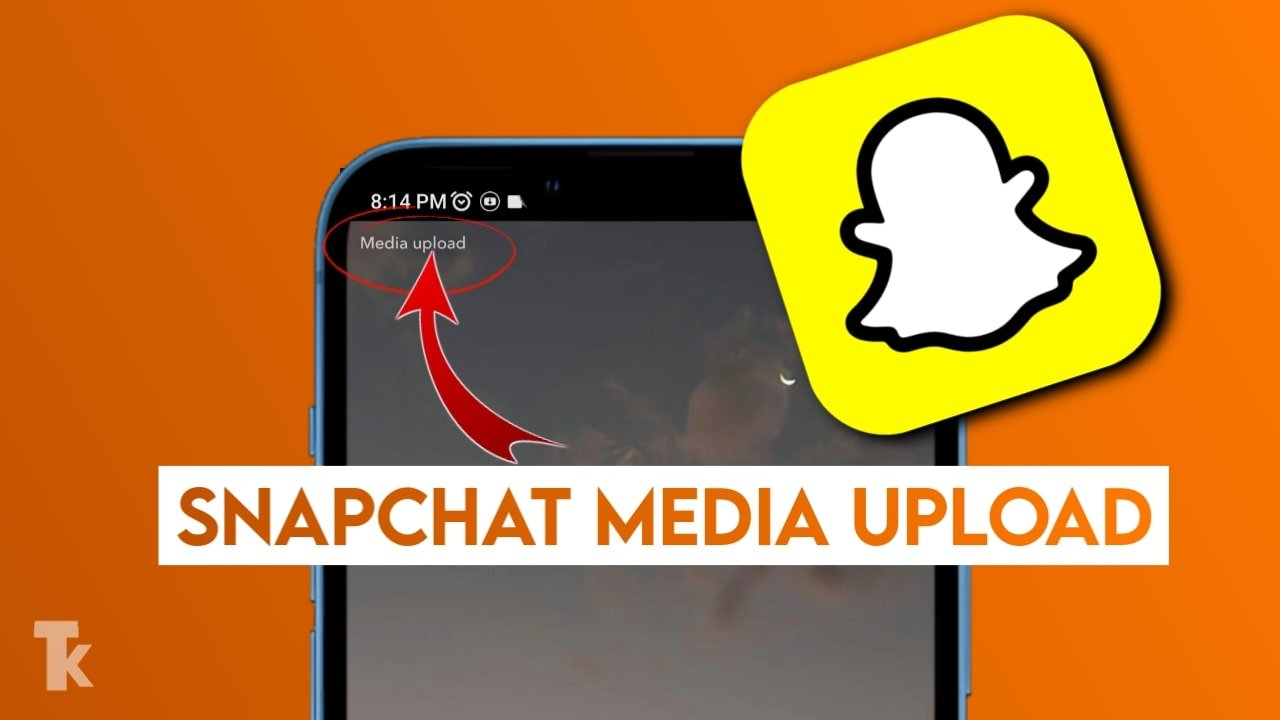Summary: De-influencing is a consumer shift where creators actively discourage buying overhyped products, driven by the cost of living crisis and Gen Z purchasing power. This guide explores how brands can navigate dupe culture, Mascara-gate fallout, and greenwashing concerns by leveraging authenticity and User Generated Content (UGC) to build trust.
Fact: TikTok’s #deinfluencing tag has more than 1.5 billion views, and it is reshaping how people judge products and spend money.
We see this shift as a direct response to the global cost of living crisis, overconsumption fatigue, and rising interest in sustainability. Short, candid posts call out overhyped items and spotlight real performance over polished ads.
The movement flips traditional influencer playbooks. Instead of relentless promotion, creators test products, explain flaws, and build trust by saying when a product isn’t worth the price. This changes how brands and marketers craft messages on social media platforms.
For you, that means product truth now matters more than hype. Brands that show clear benefits, reduce returns, and match claims to experience win long-term loyalty. We’ll map how this trend affects influencer marketing, product strategy, and the media that shapes buying choices.
Key Takeaways
- Short-form content and platform mechanics helped the movement go viral.
- People trust honest reviews and change behavior after seeing sustainability tips.
- Brands that prioritize product performance and transparency reduce wasted ad spend.
- This shift reframes influencing around trust, not just reach.
- You can align marketing with how consumers evaluate products today.
The present social media landscape and the rise of de-influencing
Creators are turning short-form clips into a fast circuit of praise and critique. Social media has evolved into a commerce engine where a single post can create immediate demand for products, but the TikTok algorithm now equally favors high-engagement debates that challenge purchase decisions.
NPR and CNN reporting shows this happened quickly: most #deinfluencing views piled up within a single year. That spike reflects how people push back against constant buy messages and glossy influencer content.
Why it matters: original sound and short videos make discovery swift. Platform-native formats spread counter-messaging about overhyped items across media in hours, not weeks.
You’ll see brands and consumers recalibrate marketing expectations as trends burn faster. Honest, platform-first critiques often beat generic promotion for trust and longevity.
- Read the room: time posts to platform activity and trending sounds.
- Watch signals: shares, saves, and comment tone predict backlash early.
- Position products in feeds with clear value and transparent claims.
What de-influencing is and why it’s trending now

A steady tide of “don’t buy this” posts rewired how people judge trending products. The practice started as quick critiques on TikTok and Instagram. Creators called out overhyped items and urged followers to skip buys that didn’t deliver.
Why it stuck: inflation and regret from haul culture made people rethink purchases. CNN cites Kris Ruby calling de-influencing a push to discourage indulgent or ineffective products. NPR highlights creators like Christina Mychaskiw promoting mindful spending.
Origins and cultural drivers
The deinfluencing trend grew from backlash—sparked by controversies like Mascara-gate—into a movement in months. EnTribe data shows low purchase intent for influencer-promoted goods and high regret rates, a clear sign of buyer’s remorse. McKinsey notes ESG-claim products are growing while shoppers buy fewer items but shop just as often, with Gen Z purchasing power fueling this demand for honesty.
Voices, definitions, and practical takeaways
“De-influencing is about product truth and value,”
- It asks you to skip needless items and save money.
- It favors honest reviews over glossy promotion.
- Brands should focus on clear claims, sustainable choices, and published User Generated Content (UGC) to build trust.
How De-influencers are reshaping consumer trust and purchasing decisions

Honest creator content is shifting the balance from polished ads to lived experience. That change matters because only a small share of people act on paid influencer posts. EnTribe found just 12% would buy from influencer promotions, while 42% regretted purchases.
Creators and UGC rebuild trust by centering real use and side-by-side comparisons. The core demand is authenticity over aesthetic perfection. When brands publish permissioned screenshots, short video testimonials, or user photos, consumers see less bias and more proof. Unilever/Futerra reports 86% trust brands that surface User Generated Content (UGC).
From influencers to creators and UGC: building credibility and reviews people trust
We recommend sourcing short, specific reviews that highlight product performance. Brands are pivoting to micro-influencers who offer more relatable content. Ask creators to show the product in use and mention what failed or pleasantly surprised them.
Minimalism, sustainability, and the push to buy less and use what you have
Minimalism messaging works because it respects budgets and time. Consumers are more likely to change behavior after seeing sustainable tips — 83% cite TikTok/Instagram as useful for that advice.
“Use what you have first; buy fewer items that actually do the job,”
- Allow creator autonomy in briefs to foster honest takes.
- Invite public feedback and respond quickly to build trust.
- Measure success by review quality, save rates, and repeat purchase for a product.
Platforms, content, and culture: where the trend is spreading and how it works

Platform tools now let everyday creators turn a single honest post into a widespread conversation. TikTok and Instagram mechanics — short loops, remixable clips, and original sound — make it easy for people and followers to copy, remix, and respond quickly.
The result: a video-first culture that spreads critiques as fast as promotions. Hashtags and trending sounds help surface patterns in social media feeds so you can spot emerging issues early.
TikTok and Instagram dynamics
Short video formats reward immediacy. A candid demo or side-by-side comparison gets traction when paired with a familiar original sound or hashtag.
Calling out overhyped items without encouraging excess
Creators often flag overpromised products and critique influencer culture. They recommend fewer, better buys rather than swapping one impulse for another.
Measurable impact and what you can track
Single posts can move metrics fast: studies show big drops in brand favorability and purchase intent after viral critiques. You should monitor mentions, save/share rates, comment sentiment, and return reasons.
- Use hashtags and sound tracking to detect spikes.
- Package product demos in one take with clear claims.
- Build a simple dashboard to flag rapid changes in mentions and purchase intent.
For practical examples and deeper tactics on creators and micro creators, see this guide on the impact of deinfluencing trends.
Industries feeling the shift: beauty, fashion, tech, and wellness

From beauty counters to gadget aisles, creators are rewriting how people judge products. The change is visible across each industry and in the choices consumers make every day.
Beauty and fashion: hauls, viral items, and microtrends
The beauty and fashion industry led early waves of viral items and haul culture. Quick microtrends once drove overconsumption. Now, instead of high-end hauls, dupe culture and de-influencing urge consumers to find value or simply abstain.
Creators favor quality over quantity. Clear reviews call out poor shade matches, durability issues, and inflated claims.
Tech and gadgets: overpromised features and honest “don’ts”
Tech faces fast scrutiny when specs outpace reality. Media coverage shows creators testing claims and flagging costly misbuys.
Examples, like critiques around major appliance brands, helped lower purchase intent in some categories. Honest “don’ts” save people time and returns.
Health and wellness: safety, transparency, and trust
Wellness content must center safety and transparency. Consumers are savvy to greenwashing, demanding real sustainability over marketing fluff. Creators push back on questionable claims and ask for proof.
“Publish tests and clarify specs so consumers know what a product is not designed to do.”
Practical steps: spotlight credible reviews, publish test results, and track category KPIs—shade match satisfaction for beauty, durability in fashion, firmware reliability in tech, and safety documentation in wellness.
Brand playbook for the deinfluencing era: transparency, product truth, and long-term trust

Brands now face a new expectation: prove what your product does before you ask people to buy it. That proof reduces returns, builds trust, and helps your marketing land with followers who expect honest reviews.
Start with transparency. Publish test results, clear specs, and known limitations. When you share how a product performs, people buy with more confidence.
Influencer marketing rethought: sustainability, culture fit, and creator autonomy
Choose creators who match your brand culture and sustainability goals. Give them space to show real use and to say what doesn’t work.
Briefs should ask for honest content, not scripts. That keeps reviews believable and your brand credible over time.
Mitigating backlash: measurement, social listening, and responding to critical content
Set up social listening to flag spikes in negative posts and categorize issues by product and channel.
- Operationalize product truth: keep a live claim sheet and validate with third parties.
- Respond the right way: acknowledge, provide facts, offer remedies, and publish fixes.
- Train teams: equip support and community managers to escalate quickly and empathically.
“Publish tests and clarify specs so consumers know what a product is not designed to do.”
By following these steps, your brand can help people buy less but better, reduce complaints, and turn critics into long-term advocates.
Conclusion
A shift toward real-world reviews is rewriting how brands earn trust.
For you: accept that de-influencing and honest influencer voices shape what consumers choose. Act with clarity. Publish specs, plain-language tests, and clear guidance on what a product will — and won’t — do.
Make creators partners. Give them room to show use cases and balance. Invite reviews, answer issues fast, and update guidance when fixes arrive.
Measure what matters: review quality, repeat purchase by product, sentiment after a critical post, and educational uplift from creator content. This approach reduces returns, saves money, and builds long-term brand trust.
Bottom line: when followers trust you to tell them what not to buy, they’ll trust you when a product is right for them.
FAQ
What does the term “de-influencing” mean and why is it gaining traction?
De-influencing describes creators and consumers calling out overhyped products, advising people to skip purchases, or promoting reuse and moderation. It’s rising because audiences feel influencer fatigue, worry about overconsumption, and want honest reviews amid inflation and shifting values around sustainability.
How did de-influencing start and which platforms drove the trend?
The movement gained visibility on TikTok and Instagram. Short, candid videos—often using original sound or hashtag threads—allowed creators to push back against viral hauls and sponsored hype. That format made critiques easy to find and share, turning isolated complaints into a broader cultural trend.
Are de-influencers the same as traditional influencers?
Not exactly. Many creators who call out products still make content like influencers, but their goal is different: they prioritize transparency, honest user-generated content (UGC), and practical advice over promotion. That shift changes how audiences assess trust and reviews.
Which industries are most impacted by this trend?
Beauty and fashion saw early effects through viral “don’t buy” posts and critiques of microtrends. Tech and gadgets face scrutiny for overpromised features, while health and wellness content is under pressure to provide evidence and safety clarity. Brands in these sectors must adapt messaging and product transparency.
How does de-influencing affect purchase intent and brand favorability?
Honest negative or cautionary content can lower short-term purchase intent but boost long-term brand credibility if brands respond transparently. Conversely, ignoring critiques can harm favorability. Measurement via social listening and sales lift analysis helps quantify impact.
What can brands do to respond constructively to de-influencing content?
Brands should prioritize product truth: publish clear specs, user reviews, and safety details. Engage with critics respectfully, fix legitimate issues, and work with creators who fit the brand culturally. This approach reduces backlash and rebuilds trust over time.
How should influencer marketing change in response to this movement?
Rethink partnerships with a focus on creator autonomy, long-term relationships, and authenticity. Use diverse creators for realistic reviews, disclose sponsorships, and avoid pushing rapid-fire microtrends. Align campaigns with sustainability and honest use cases to match audience expectations.
Does de-influencing encourage people-to-buy-less-or-just-different-things?
Both. Many creators promote buying less and making do, while others steer audiences toward higher-quality, longer-lasting items. The result is a mix: reduced impulse buys but selective spending on trusted products.
Can de-influencing be measured? What KPIs should brands track?
Yes. Track sentiment, share of voice, referral traffic from critical posts, conversion lift, returns, and long-term customer loyalty. Combine social listening with sales and review metrics to see how negative or candid creator content shifts behavior.
Is this trend a temporary backlash or a lasting shift in creator economy culture?
Elements look enduring. Audience demand for transparency, sustainability, and honest UGC reflects broader cultural shifts. While platform trends will evolve, the emphasis on credible reviews and reduced overconsumption is likely to persist.



